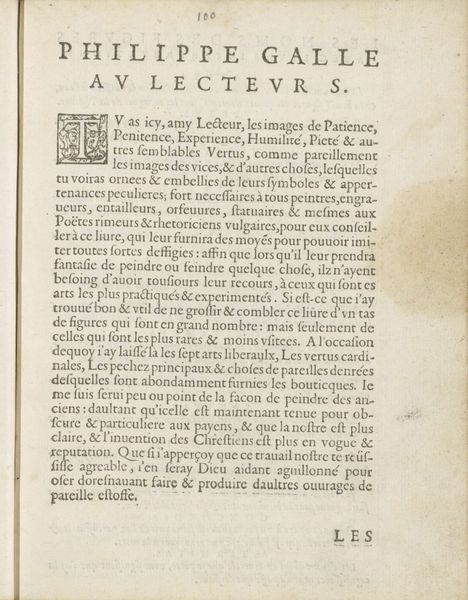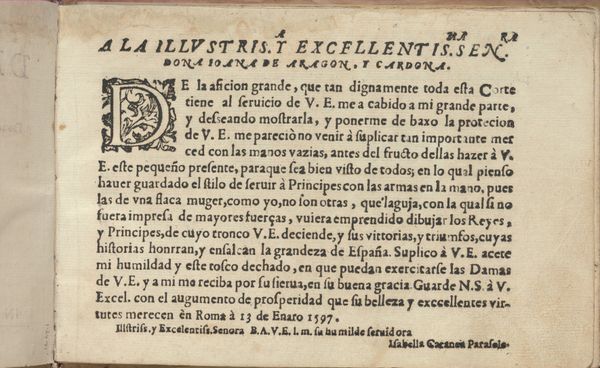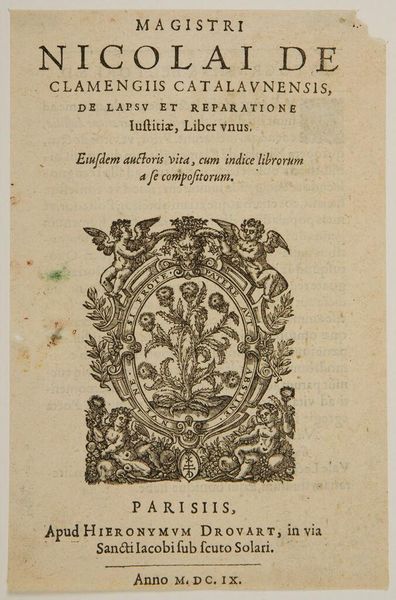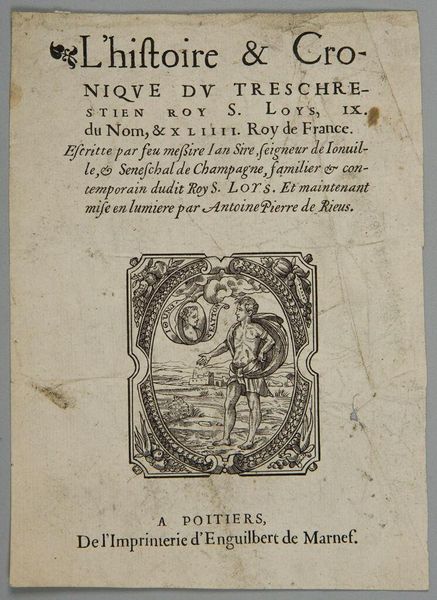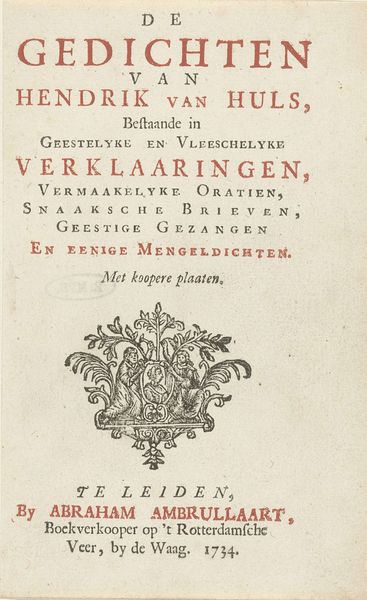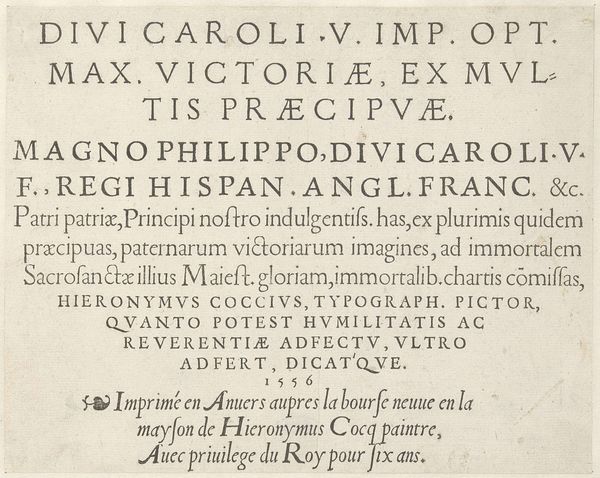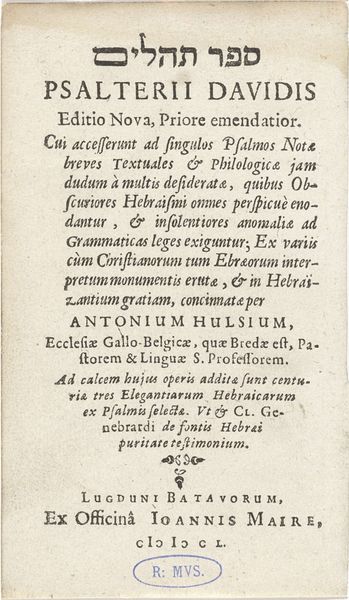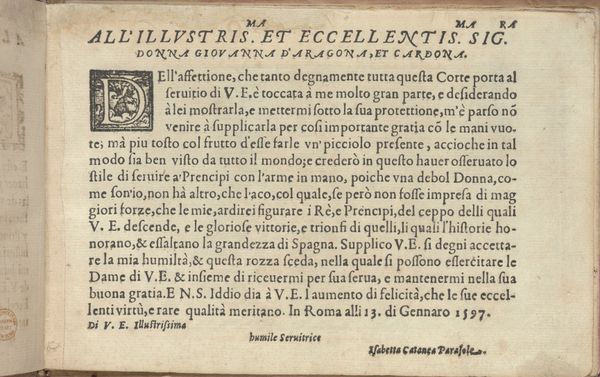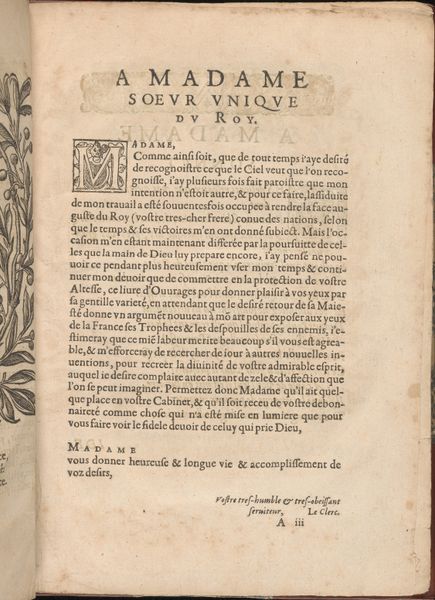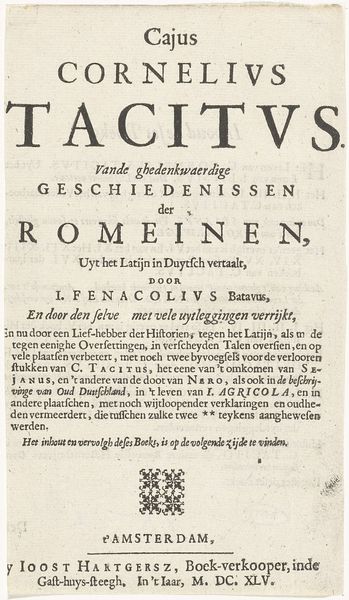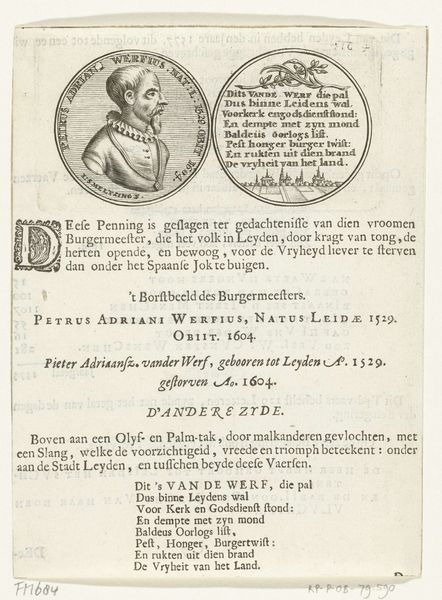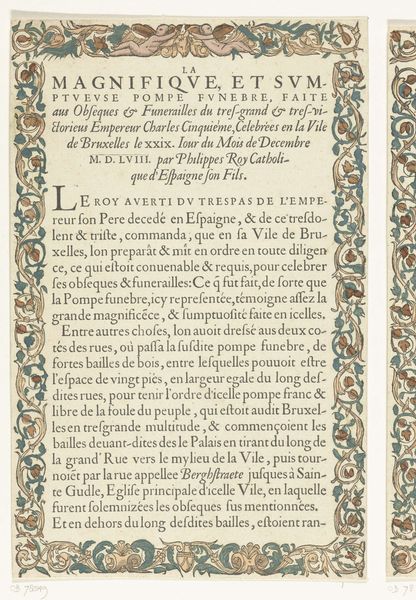
Lofzang op Maria, behorende bij de embleemserie 'Leven van Maria in emblemen' 1625 - 1629
0:00
0:00
print, engraving
#
baroque
# print
#
engraving
Dimensions: height 151 mm, width 111 mm
Copyright: Rijks Museum: Open Domain
Editor: We’re looking at "Hymn to Mary, belonging to the emblem series 'Life of Mary in emblems'," a print made between 1625 and 1629. It's by an anonymous artist, created with engraving. It feels almost like a page from a very ornate book. What do you see when you look at this, in terms of the way it was produced? Curator: Well, as a materialist, my eye immediately goes to the process. This wasn't simply 'drawn'; it was meticulously engraved. The labour involved in cutting those intricate lines into the metal plate…think about the artisan's hands, the tools they used. Each impression a result of skill and time. It's a reproductive medium but each print has a slightly different quality given the manual labor to produce the original matrix, isn’t it? Editor: Definitely! So you see the value in the craft itself. It isn’t just about what the image represents, but about the physical work that went into creating it. Curator: Precisely! And we should consider the social context, who was commissioning these prints? Who was buying them? Were these luxury items? Or mass-produced devotional images for a wider audience? How did the engraving affect its potential consumers, in relation to illuminated manuscripts and paintings of the time? Editor: That's really interesting; it’s thinking about the whole production chain, almost. How it fits into the market for religious imagery at the time. Curator: Yes. This engraving provides a physical manifestation of religious beliefs but simultaneously acts as a commodity produced by skilled labor. How do those intersect? The Baroque style – ornate, elaborate – how does this reflect the relationship between devotion, labour and marketing, in this period? Editor: I’d never considered the economic aspect so deeply, how the method and style reflect a wider context of labour, consumption, and belief!
Comments
No comments
Be the first to comment and join the conversation on the ultimate creative platform.
